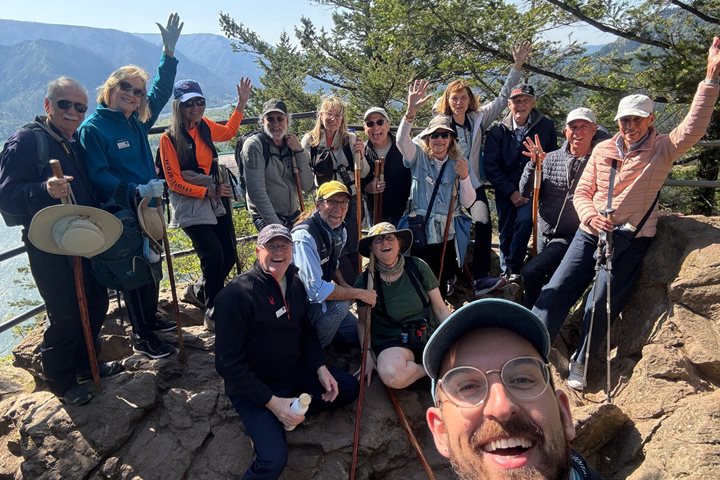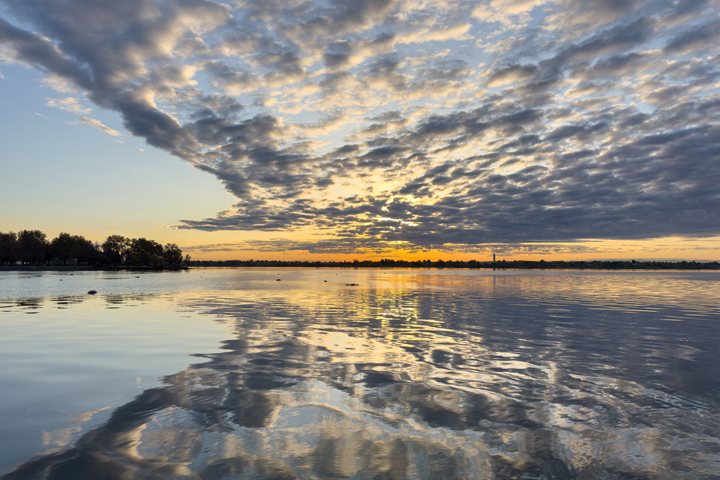Astoria, Oregon
The Columbia River emerges from subterranean springs and a small lake 2,619 feet above sea level. It then runs in a serpentine pattern out of Canada, across the U.S.-Canada border, and extends its 1,210-mile life to the front door of Astoria, Oregon. Early this morning, National Geographic Sea Lion guests watched this great stream quietly surge westward across the dangerous Columbia bar. From the National Geographic Sea Lion bow it was business as usual, with pilot boats, tugs, small fishing vessels, a harbor seal or two, and soaring brown pelicans mixing with the rising sun.
This far corner is dominated by two great American entities: Washington, the “Evergreen State,” and Oregon, the “Beaver State.” From this point eastward, guests will be crossing and re-crossing the Columbia River between these areas.
After breakfast, guests traveled south aboard motor coaches on coastal U.S. 101 to Fort Clatsop. The third Corps of Discovery (Jefferson’s moniker for the Lewis & Clark expedition) winter camp was spent in cozy log buildings surrounded by friendly Clatsop natives and pelted by November rain. During our visit there was no rain and no clouds. The Fort’s hillside location above the Lewis & Clark River (called the Netul by Clatsop Indians) was in the midst of a temperate, pleasant environment. The next stop allowed guests to wander through the world class Columbia River Maritime Museum, a showplace of the river’s history. Films, videos, images, narrations and views of the river are everywhere within this structure.
With the river always in view, guests divided into two groups during the afternoon: some crossed the Astoria-Megler Bridge following the tracks of William Clark’s 1805 trek to Cape Disappointment and beyond; others boarded Zodiacs to investigate the human relics, natural sites, waterfowl and grunting California sea lions along Astoria’s shoreline. Both teams finished the day with a visit to Coxcomb Hill and the Astoria Column. Some of the sites from this grand city peak: Saddle Mountain to the south; the Pacific Ocean and Columbia River mouth to the West; Cape Disappointment and the Coastal Range northward; Tongue Point and the relentless river’s tracing to the east.






